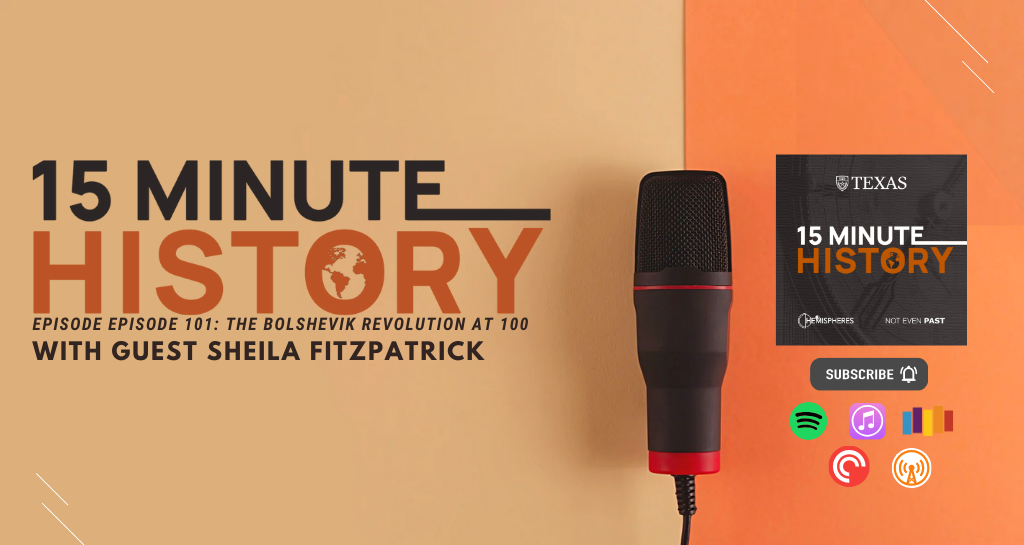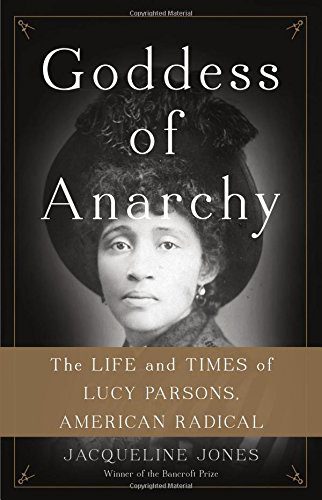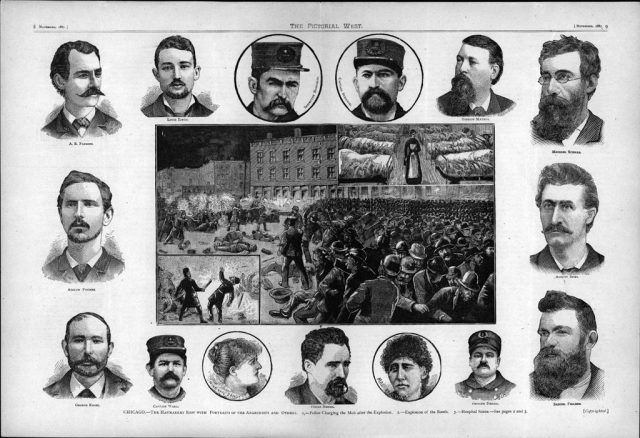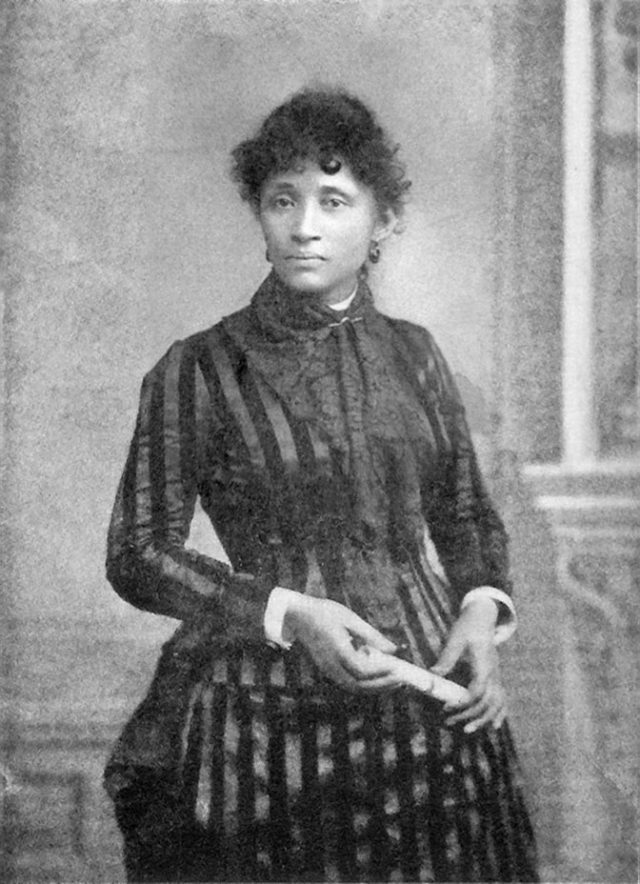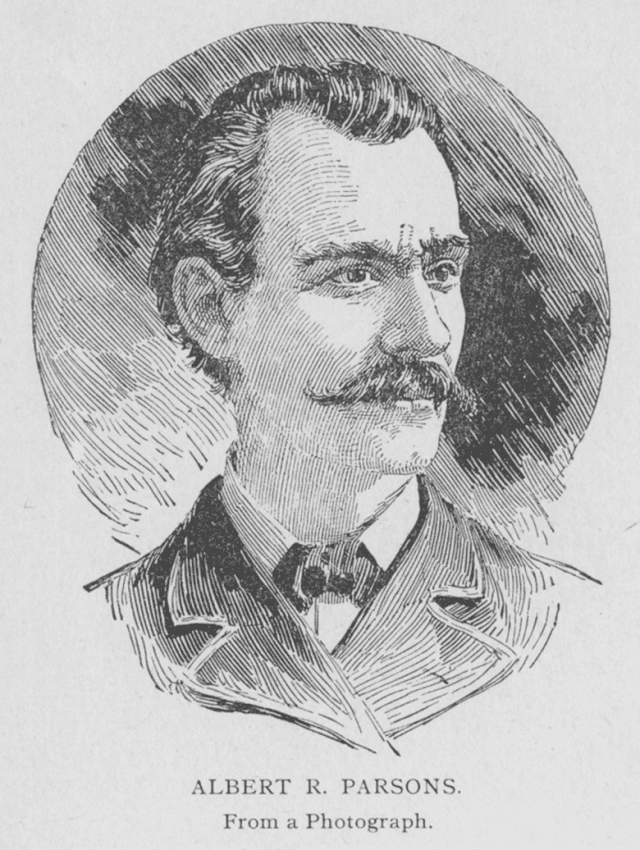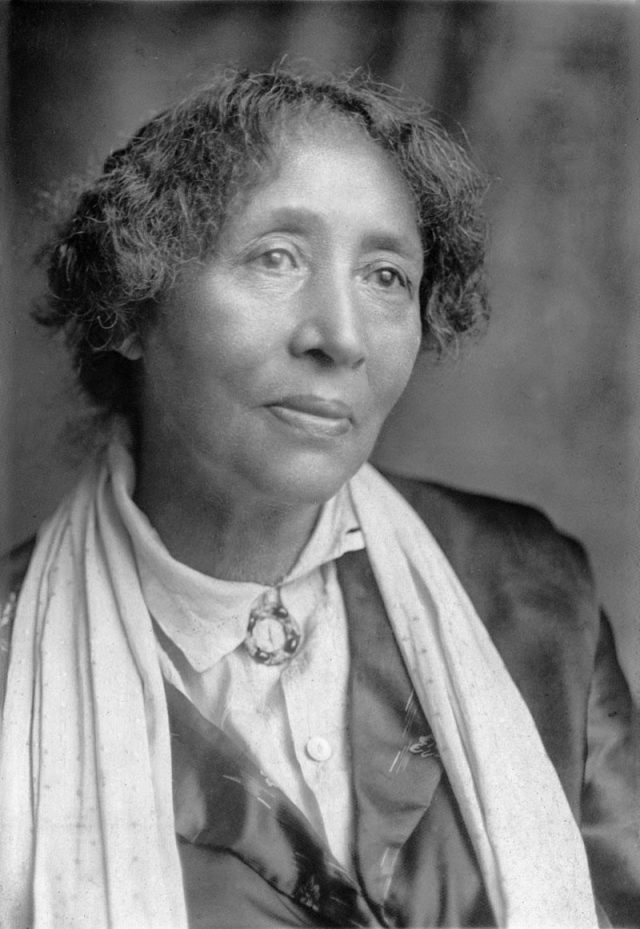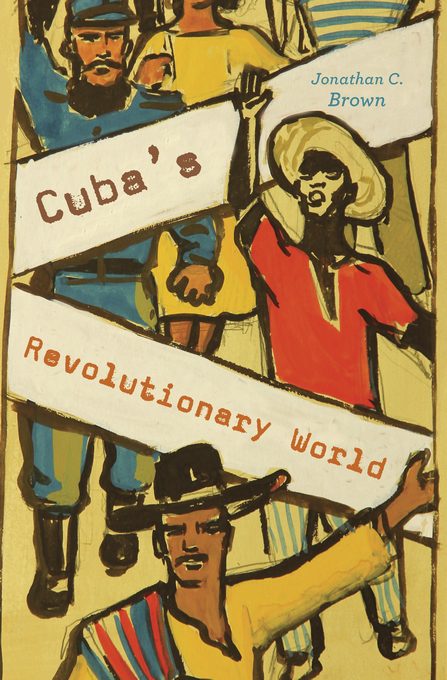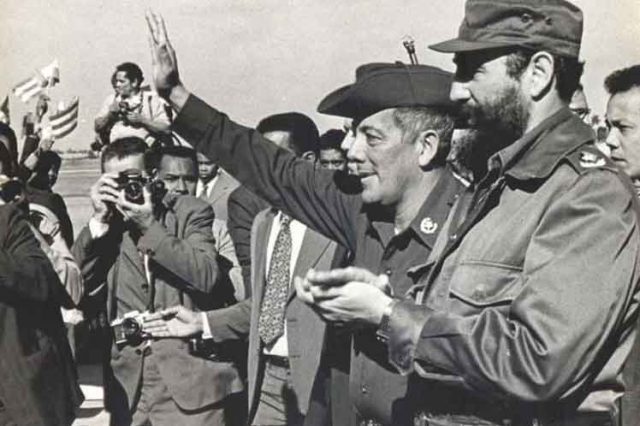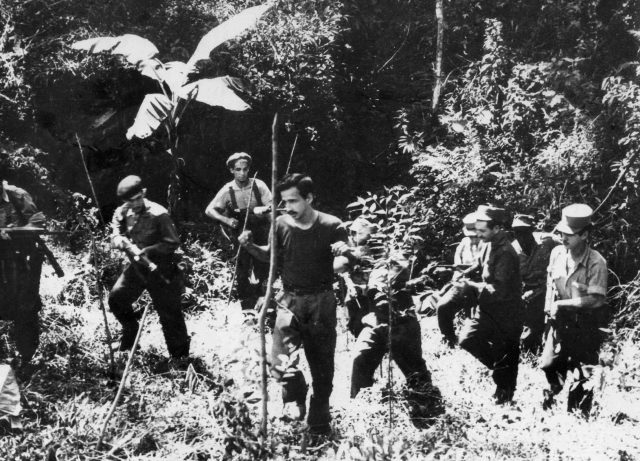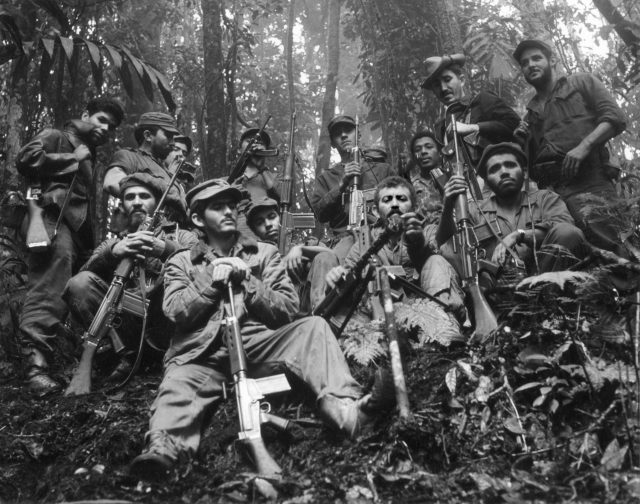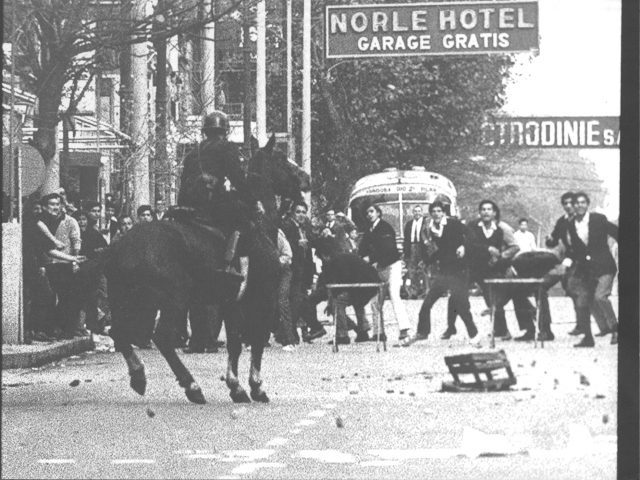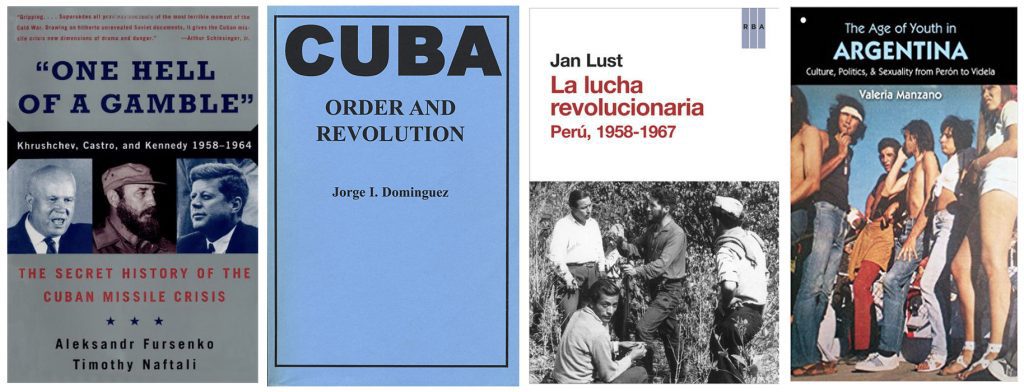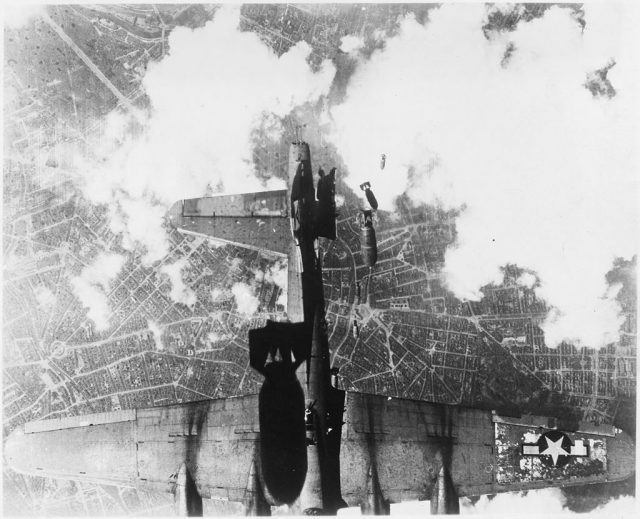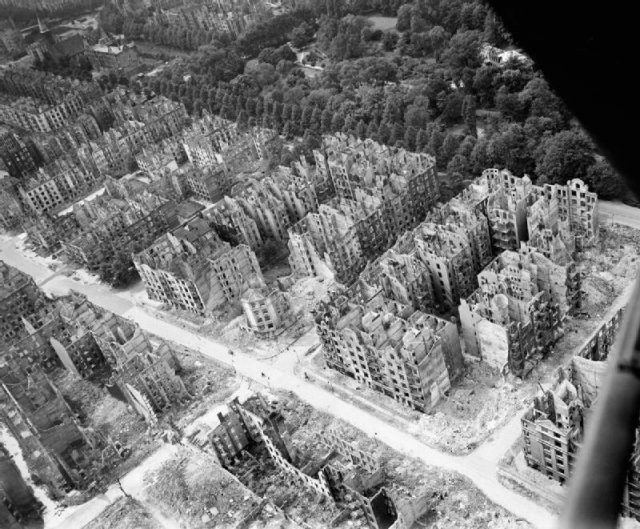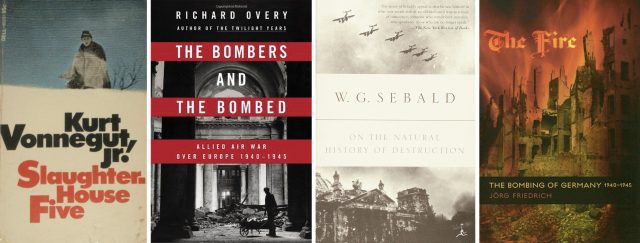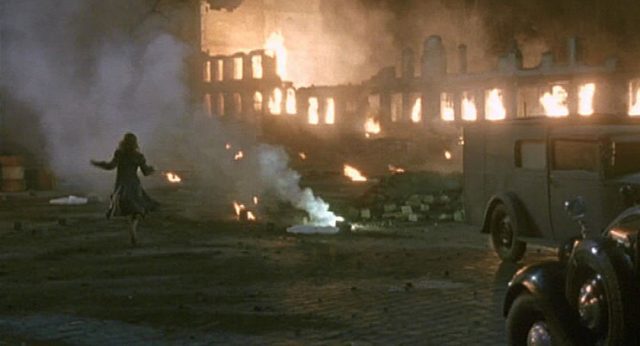In 1885, the world’s attention was focused on a series of grisly murders that took place in the otherwise quiet town of Austin, Texas. Several African-American women were murdered in the middle of the night, leading the press to dub the unknown assailant “the Servant-Girl Annihilator.” Some even went so far as to speculate that Jack the Ripper was the same person.
Lauren Henley describes the events of 1884-85, but also discusses how these murders tell us something about the uneasy racial history of the postbellum south, and also asks what drives our fascination with serial killers and unsolved mysteries.
